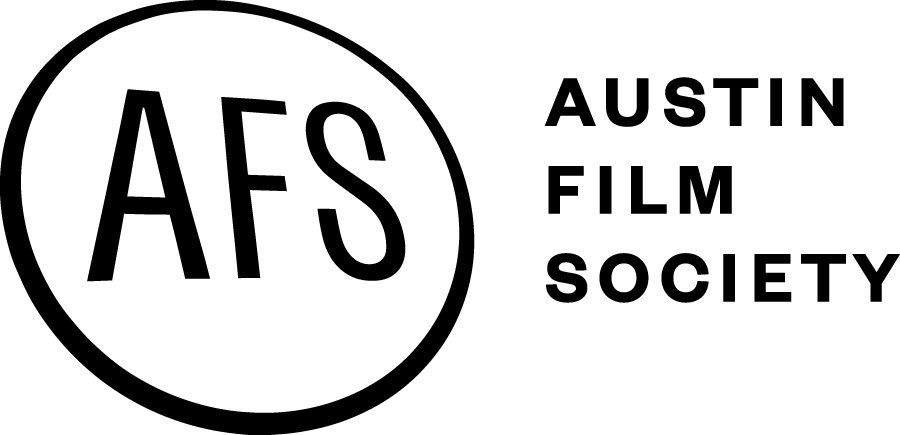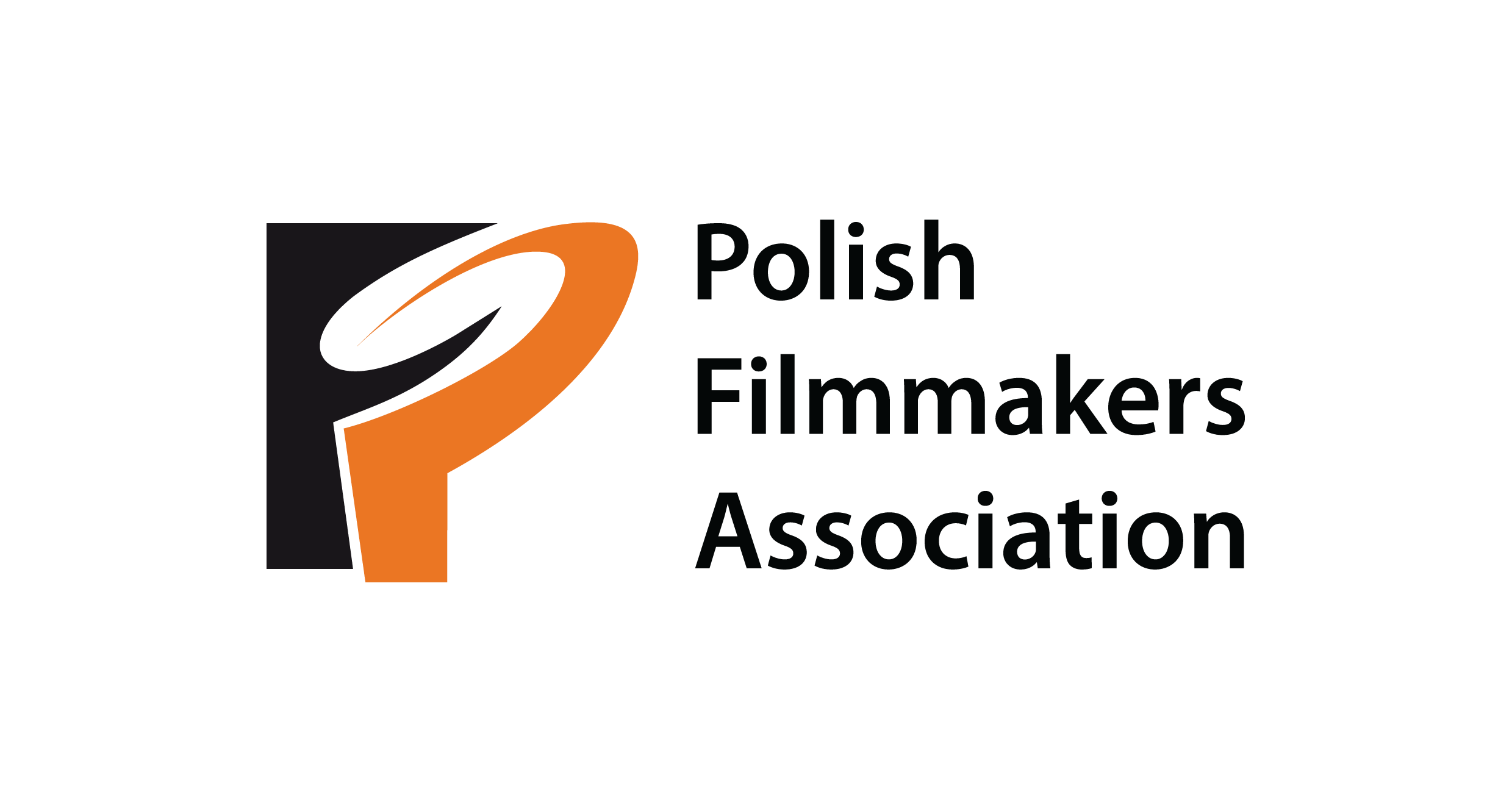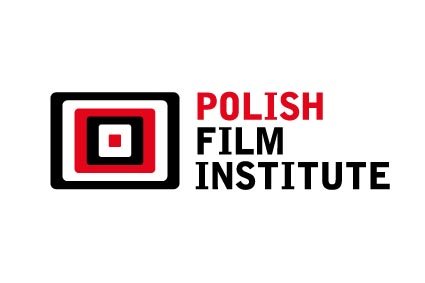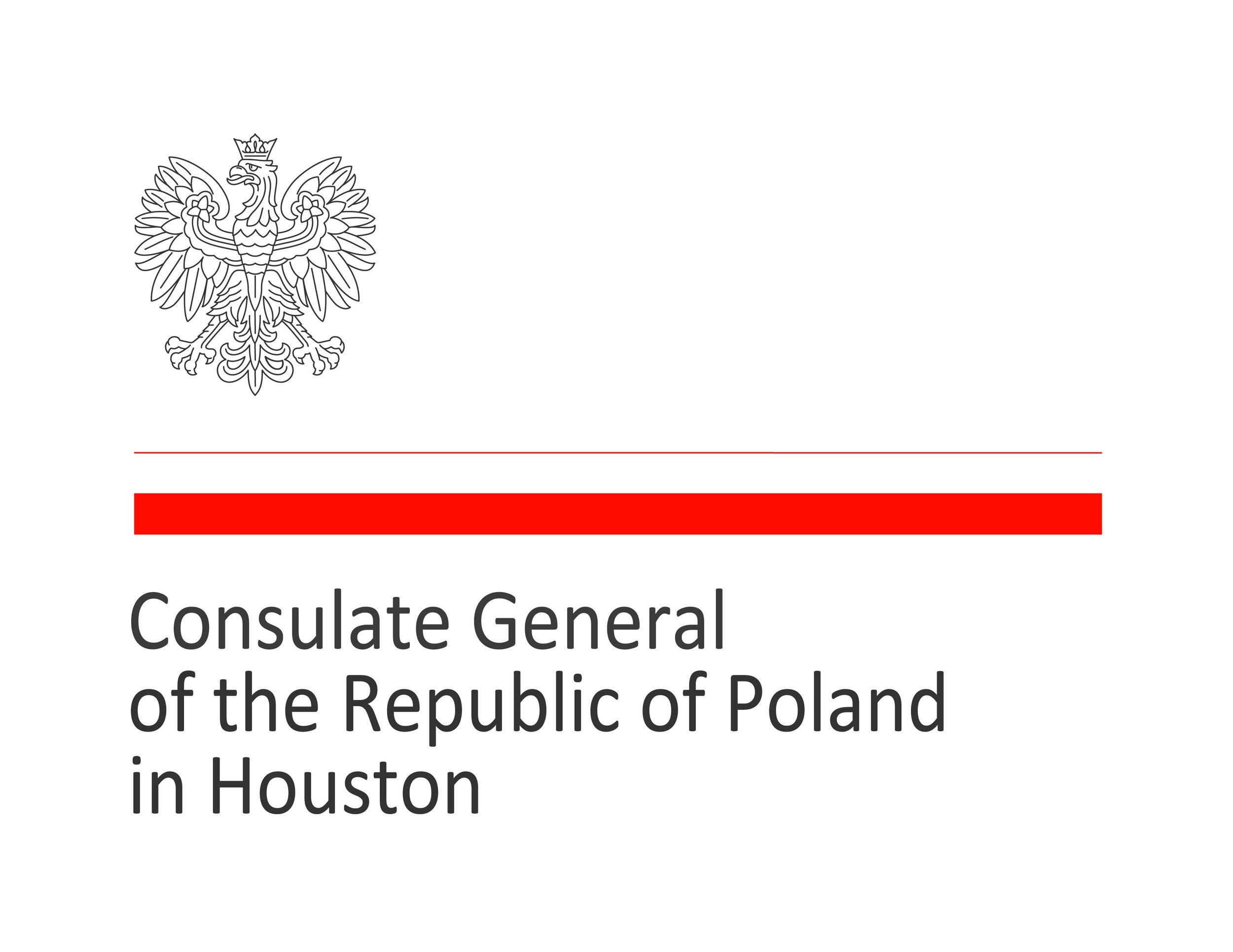Interview conducted by Mariola Wiktor | Translated by Kamila Radford
Damian Nenov: Nine years of my life.
October 11, 2019 Culture Avenue
A standing ovation at the Cannes festival 2018, admiration for the work described as "is a stunning work with rare directness and strength" in The Hollywood Reporter. Based on Ryszard Kapuściński's book 'Another Day of Life', a Pole - Damian Nenow and a Spaniard - Raúl de la Fuente created a computer animation in 3D technology. The idea seemed very risky: combining animation with documentary in one movie and ‘styling’ it as a comic book.
Mariola Wiktor: While working on a film about the civil war in Angola according to the book by Ryszard Kapuściński, you were faced with his legend. Have you made any discoveries?
Damian Nenov: During research, we dug in to what Kapuściński's writing formula was, which was the essence - focusing not on big events, but on a single person participating in them. And that seemed very relevant to us today. My attitude towards Kapuscinski, previously neutral, changed into admiration and pride that one of the greatest writers of the 20th century was a Pole. Of course, I had already learned about him, about his travels and books at school, but at that time their message did not quite reach me. Although I remember that when I read One Day of Life (Jeden Dzien Zycia), images stuck in my memory. For example, the one describing Luanda, the capital of Angola, as a wooden city flooding the streets ...
I will add that Kapuściński, in such a vivid way, described the Portuguese fleeing from Luanda, who packed all their belongings in large wooden boxes. And the reason for their evacuation was Angola regaining independence in 1975, which until that time remained a Portuguese colony.
Yes, Kapuscinski describes the time of unrest and bloody civil war just before gaining independence. I have such "ailment" that I pick up topics and situations that stimulate me creatively from books, films and life events. I remembered scenes, lyrical descriptions, and the wooden city from the book by Ryszard Kapuściński. Later, I noticed the potential, which I love in animation, surreal deformations of the world and playing games with reality.
Where does the interested in animation come from? Will you say since kindergarten?
(laughs) That’s how it was. I drew, painted, and then went to School of Arts High School in Bydgoszcz, my hometown. As a young boy, I was interested in graphics, but I didn't have a computer at home because we couldn't afford it. I discovered computer animation quite early, and then saw the Cathedral by Tomasz Bagiński. It dawned on me then. I realized that a movie that has an opportunity to win an Oscar can be made at home and can be done by oneself. I realized that almost everything needed to achieve this goal is in our head. I went to the Film School in Łódź and I did many etudes there. But at that time there was no particular major at Filmówka (colloquial for Film School) that would meet my needs. The school was a forge of directors, not of animators. However, I gained the basics and knowledge of film there, and I learned computer graphics myself.
Your earlier short film Paths of Hate, about the life and death struggle of two fighter pilots, was close to an Oscar and has won many festival awards around the world. What does one get from it?
This type of a film festival journey makes its creator recognizable. I never expected so many people to watch the Paths of Hate. A lot of projects come to me precisely because I made this animated short. Thanks to this circulation, Raúl also saw the teaser of my movie.
Raúl de la Fuente is a co-director of One More Day of Life. He came up with the idea of adapting the book. Under what circumstances did you meet?
Raúl knew Kapuscinski's books and was fascinated by them. During his travels in Africa, he visited places described in Another Day of Life. Perhaps this is when the idea of making a documentary film matured in his mind. However, he saw the trailer of the Paths of Hate and liked the way I made this movie. At that time it was a pioneer movie: stylized, and at the same time serious, not cartoonish, with great potential for being linked together with the documentary. We met at the Platige Image studio and that is how it all began. Initially, we dreamed of a full-length war feature movie, but at the same the thought that it was impossible, or that it could not be financed, was knocking on the back of our heads. The whole project took us many years. This is the largest European co-production in terms of animated film. It was great that each of our five co-producers knew Kapuscinski.
Does this type of journalism as practiced by Ryszard Kapuściński still make sense today, in the era of electronic media?
Absolutely yes! I think we miss his approach today, we feel orphaned by him. But it is also a question of how the human mind works, to what extent it is not overwhelmed by this sea of information flooding us. When the screaming of crowds reaches us, it is very difficult to hear and understand an individual, see the entirety through the prism of the individual. And this was Kapuściński's key to getting to know the world. It was no accident that he called himself "translator of cultures". The events in Angola in 1975 have changed him and made him abandon journalism in favor of literature.
In Angola he was no longer satisfied with PAP like dry messages.
It is a turning point in which the reporter transforms himself into a novelist. And this change interested us, mobilized us to make a film. Kapuscinski once wrote that a single man is a whole universe that can be discovered over and over again, which has an infinite number of ways of expression. The crowd is limited to shouting, protesting, barricades. That's why you can write a novel about a man and never about a crowd.
It must be said that in 1975 the profession of reporter looked completely different than today.
Yes, perhaps because there was no internet. The world was also more black and white. When one had a passport from a socialist country, one could not afford objectivity and multidimensionality, and plenty of places remained completely inaccessible. Kapuściński exceeded all barriers and restrictions. In addition to curiosity, other factors motivated him. Thanks to his travels, he faced his demons, his own, not only Conrad's, "core of darkness", pictures he remembered from the war as a child. He was addicted to her in his own way. If there was an armed conflict somewhere in the world, Kapuscinski had to be there.
Didn't you have a feeling that by adopting non-fiction literature by means of animation, you are aiming at something wild?
On the contrary. The very formula of Kapuscinski's writing has mobilized us to a hybrid format. Kapuscinski combines poetry, magical realism and facts. He enters the head of an individual and describes the situation in the country and even the fate of the entire continent through the prism of his emotions. We, like him, collide facts with creation. Animation can be both realistic and fantastic, surreal. In my opinion, animation is poetry that will capture what the camera will not see, and what is, for example, in our thoughts, fantasies, fears.
What you are talking about falls under the concept of confusão, which is the key to understanding Kapuscinski's book. Let's explain what's going on.
It's about the world, about a reality that gets out of control, where there are no rules, borders are fluid, people and objects disappear, and death, and overwhelming chaos lurk everywhere. Such situations accompany wars in Syria, the Middle East and Ukraine today. Confusão is born in the minds of people, and then it embraces the entire nation, the continent. It quickly becomes clear that the excess of clutter can be far worse than abundance of ideas for cleaning up. Every move sinks you in. Confusão cannot be fought, it will always come back. To survive, you need to focus, sometimes on a single person. Get to know him, understand him, trust him, and like in the lens, find meaning.
In the common way of thinking, animation is associated with fiction, but by colliding with the documentary, this animation becomes more realistic.
I see it that way. We would like the animation to be even more surreal because of its form, not to try to pretend to be a true narrative. This was the acting part of it, with real people, with facts. Paradoxically, the more the animated layer differed from the documentary, the better they complemented each other. It turned out that the clash of such different worlds creates a story that stimulates imagination and emotions. I imagined a mounting plywood placed somewhere between oneiric reality, realistic scenes and the real human being who stands there and who was there. The strength of such a picture is hybridity, a combination of animation and document.
And why did you decide on a comic style? Was it because you wanted to reach young people?
Yes, we wanted the film to find an audience among young people who are fascinated by comic book culture. But another important thing is the specificity of the animation itself and the style that I developed while working on Paths of Hate. Its uniqueness lies in the fact that it is not a traditional cartoon. The way of cropping, mounting, and camera work is different. This is a very realistic and convincing animation. The character's anatomy is authentic, there are no exaggerated expressions here. This style of animation is understood by an adult viewer who expects serious acting from serious war movies rather than infantile cartoons. The styling aspect was noticed by Raúl at my Hate Paths. Animated film, for most viewers, is mostly a cartoon, i.e. Pixar or Disney ... one goes to see it with children and it is always fun. However, we do not really display those happy moods, because we collide with very serious war topics. Another Day of Life talks about real events, real people.
Was Waltz with Bashir by Ari Folman an inspiration for you and Raúl? I am thinking of Carlotta's death scene ...
Yes, but not quite. It has never been a direct inspiration. In Waltz with Bashir, I loved all surreal scenes and I mainly remembered them. It was the same with the book Another Day of Life. And with The Endless Story, my favorite childhood film. When I wrote the scene of Carlotta's death in the script, I didn't have Waltz with Bashir in front of my eyes, although of course there are similarities.
How did you share your work with Raúl de la Fuente? He was responsible for the documentary, you for the animation?
This division seems obvious, it stems from our roots. And that was the way it was done. But the most difficult part of the work turned out to be creating the whole story, inventing it, writing it. It took us over five years and here we shared the work equally. Screenplay sessions were held in Bilbao, Pamplona or near Warsaw. Then there was the documentation in Angola. Very important, because thanks to the photos and conversations held there with the real heroes of war, we knew what to expect and what to base on. About 200 people were involved in the project, and together with the logistics crew, almost 500.
A gigantic undertaking! Do you think hybrid movies have a future, given such a huge effort?
There is great potential in this portrayal of reality. Not only artistic, but also commercial. Our complex world is bursting with different views and perspectives, so such a combination of various techniques and conventions definitely makes sense.
Three of your movies - Paths of Hate, City of Ruins and Anotherl Day of Life - deal with the topic of war. Is this your obsession? Or maybe the war just sells well and looks interesting in animation?
War fascinates me, because it shows a different lining of the world, demons and human obsessions, it gives a different dimension of perception of reality. This is life in extreme situations, which brings up unexpected emotions in us, darkness, beasts, monsters. The confusão element you were asking about is part of the story shown in our film. A state of chaos, but also a lack of understanding, which results in hatred and destruction. Fear and ignorance are the source of it.
(...)
Trailer: https://www.youtube.com/watch?v=hqQKcs2CVDQ















